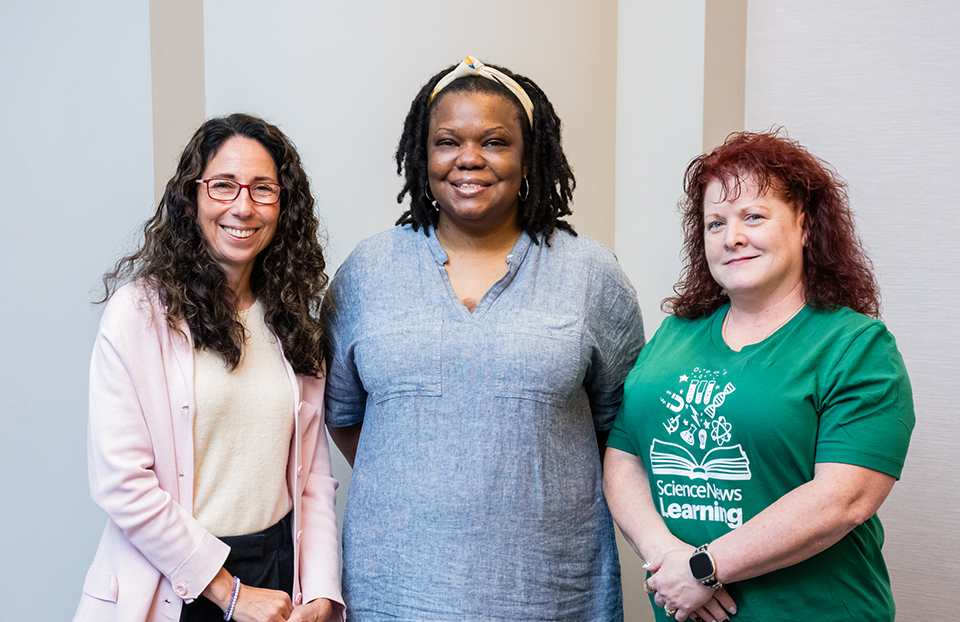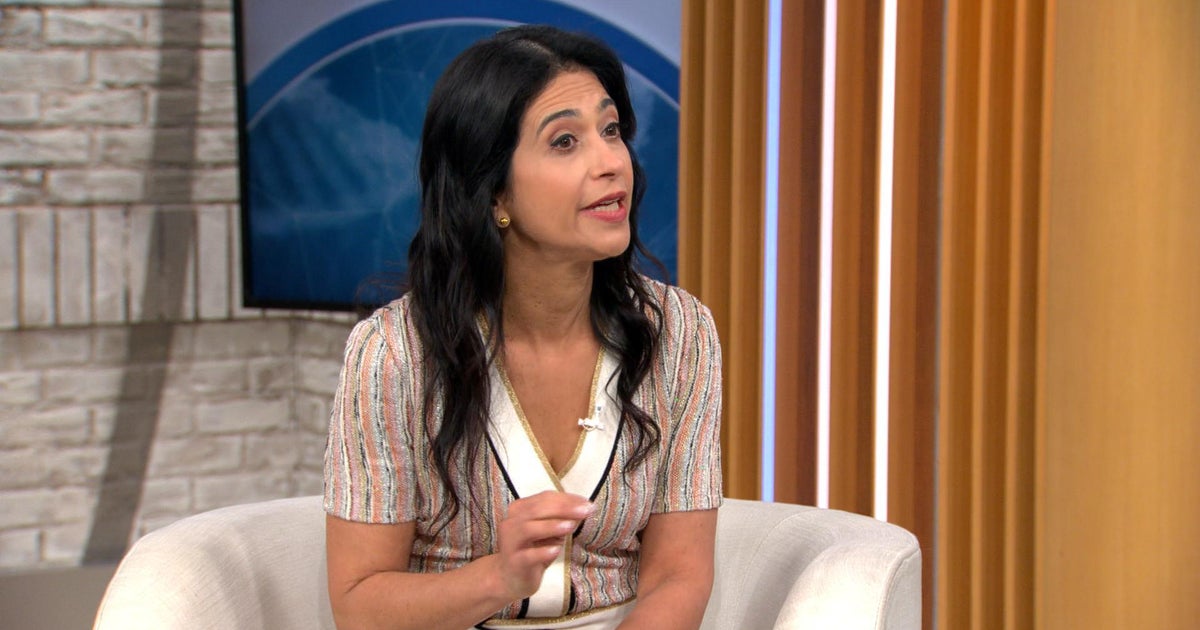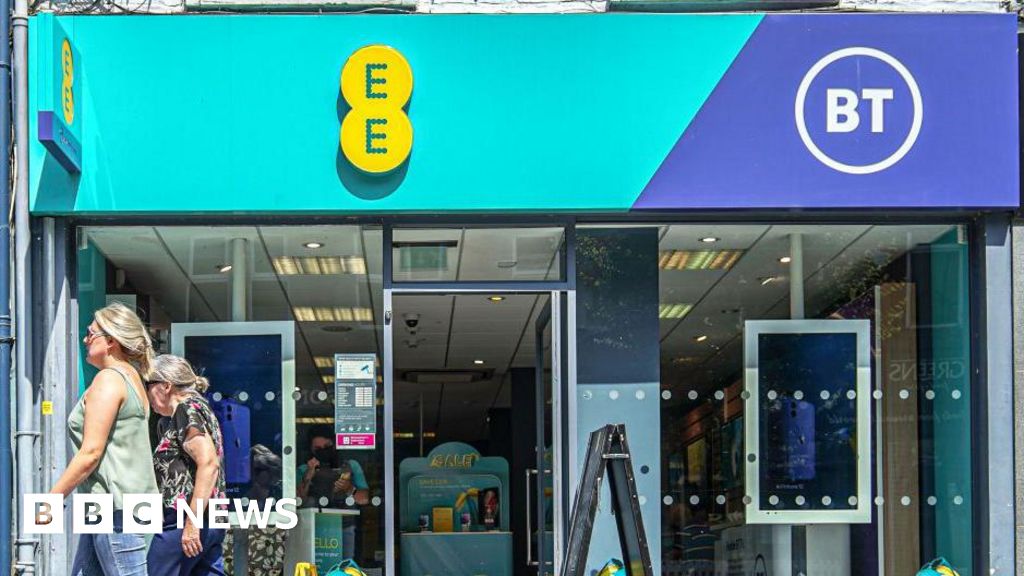
Cara Hale-Hanes, Rosalyn Parson and Tandi Steffens are STEM educators who use their expertise teaching science literacy with current, real-world examples. This school year, they have served as Ambassadors for the Science News Learning program.
As Science News Learning Ambassadors, they engage their communities in science literacy by integrating Science News Learning resources, such as award-winning journalism from the Science News Media Group and a robust library of ready-to-use lesson plans into their classrooms. They also lead professional development sessions to share for educators around the country and develop new lesson plans using program materials. Cara, a chemistry teacher at Ernest McBride High School in Long Beach, California, is developing lesson plans on sustainability and materials science—helping students make meaningful connections between classroom content and global issues.
She noted, “Being a Science News Learning Ambassador gives me the opportunity to share resources with other teachers and collaborate on ideas that connect new scientific concepts to our curriculum. This has opened avenues for creativity and collaboration with other high school teachers around the country.”
On the impact of Science News Learning in her own classroom, Cara says, “I have seen great improvements in my students’ writing skills as a result of using both Science News and Science News Explores. Science News Learning has also helped my students engage with real-world scientific applications.”
Rosalyn, a biology and environmental science teacher at Friendship Public Charter School in Washington, D.C., is using the Science News Learning program to expand her students’ science literacy by discussing STEM articles that align with her classroom curriculum and support her school’s reading initiative. “Science News Learning has been a lifesaver this year,” she said. “We started an initiative to have students read complex texts in every class, and I immediately knew where to find articles and questions to support my students at all reading levels.”
Tandi, a science teacher at Grandview Middle School in Grandview, Missouri., is developing “NewsDay Tuesday” activities that allow students to explore scientific concepts through the lens of current events. She is also creating lesson plan templates to help teachers incorporate current STEM research into their classrooms with Science News Learning.
“I use Science News Learning lesson plans as a starting point when I find articles related to the unit’s topics,” Tandi shared. “I love the leveled articles because they let my students cover the same material at their own pace, helping to avoid the stigma that can come with alternate assignments for students at lower reading levels.”
Nearly 6,000 middle and high schools and more than 17,000 educators across all 50 states and five U.S. territories are expanding student science literacy with Science News Learning. In total, over 6 million students have access to the program’s resources.
Learn more and sign up for the Science News Learning program: https://www.societyforscience.org/science-news-learning









 English (US) ·
English (US) ·